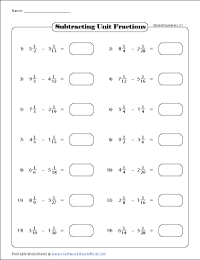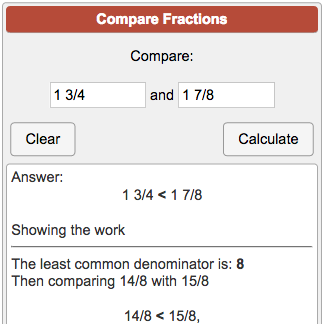

The keys used to insert brackets into a calculation are in the centre of the row above the number keys. The lower half of the keypad contains the number keys, keys for the basic operations of addition, subtraction, division and multiplication, and the key, which is pressed when you want the calculator to display the result of the calculation you have entered. The bottom row has the mathematical text 3 at the right-hand side, annotated with ‘output’. The middle row of the screen has the mathematical text 1 add 2 at the left-hand side, annotated with ‘input’. The top row of the screen contains the letter D (white text on black) in the centre, and the word ‘math’ with an upward pointing arrowhead towards the right end, and these are annotated with ‘display indicators’. The figure shows the display on a calculator screen with annotations added to explain some of the features. Below these the button labelled Ans is annotated with ‘last answer key’ and the button labelled = is annotated with ‘equals key’. Below these the multiply, divide, add, subtract keys are annotated with ‘basic operation keys’. To the right of these the red button labelled D E L (written as one word) is annotated with ‘delete key’ and the red button labelled A C (written as one word) is annotated with ‘all clear key’. At the bottom left of the calculator an array of twelve buttons is annotated with ‘number keys’. Below these are four rows of black buttons (twenty two buttons in total) with the annotation ‘function keys’. Beneath the display is a row of five blue buttons annotated, from left to right: ‘shift key’ ‘alpha key’ ‘cursor control button’ (this button is much larger and in the centre) ‘mode key’ ‘on key’. The bottom row has the mathematical text 3 square root 6 at the right-hand side. The middle row of the screen has the mathematical text square root 12 multiplied by square root 6 multiplied by square root 3 all over 2 at the left-hand side. The top row of the screen contains the letter D (white text on black) in the centre, and the word ‘math’ with an upward pointing arrowhead towards the right end. The calculator screen at the top, annotated with ‘display’, has three rows. For more like this, use the search bar to look for some or all of these keywords: math, order, operations, positive, fractions, PEMDAS, BEDMAS.The figure shows a photograph of a Casio scientific calculator f x - 83 E S (natural display) with annotations added to explain some of the features. If there are more versions of this worksheet, the other versions will be available below the preview images. Preview images of the first and second (if there is one) pages are shown.
Order of operations with fractions calculator pdf#
Use the buttons below to print, open, or download the PDF version of the Order of Operations with Positive Fractions (Two Steps) (A) math worksheet.

Students can use math worksheets to master a math skill through practice, in a study group or for peer tutoring.

Parents can work with their children to give them extra practice, to help them learn a new math skill or to keep their skills fresh over school breaks. Teachers can use math worksheets as tests, practice assignments or teaching tools (for example in group work, for scaffolding or in a learning center). It may be printed, downloaded or saved and used in your classroom, home school, or other educational environment to help someone learn math. This math worksheet was created on and has been viewed 250 times this week and 1,450 times this month. Welcome to The Order of Operations with Positive Fractions (Two Steps) (A) Math Worksheet from the Order of Operations Worksheets Page at.


 0 kommentar(er)
0 kommentar(er)
